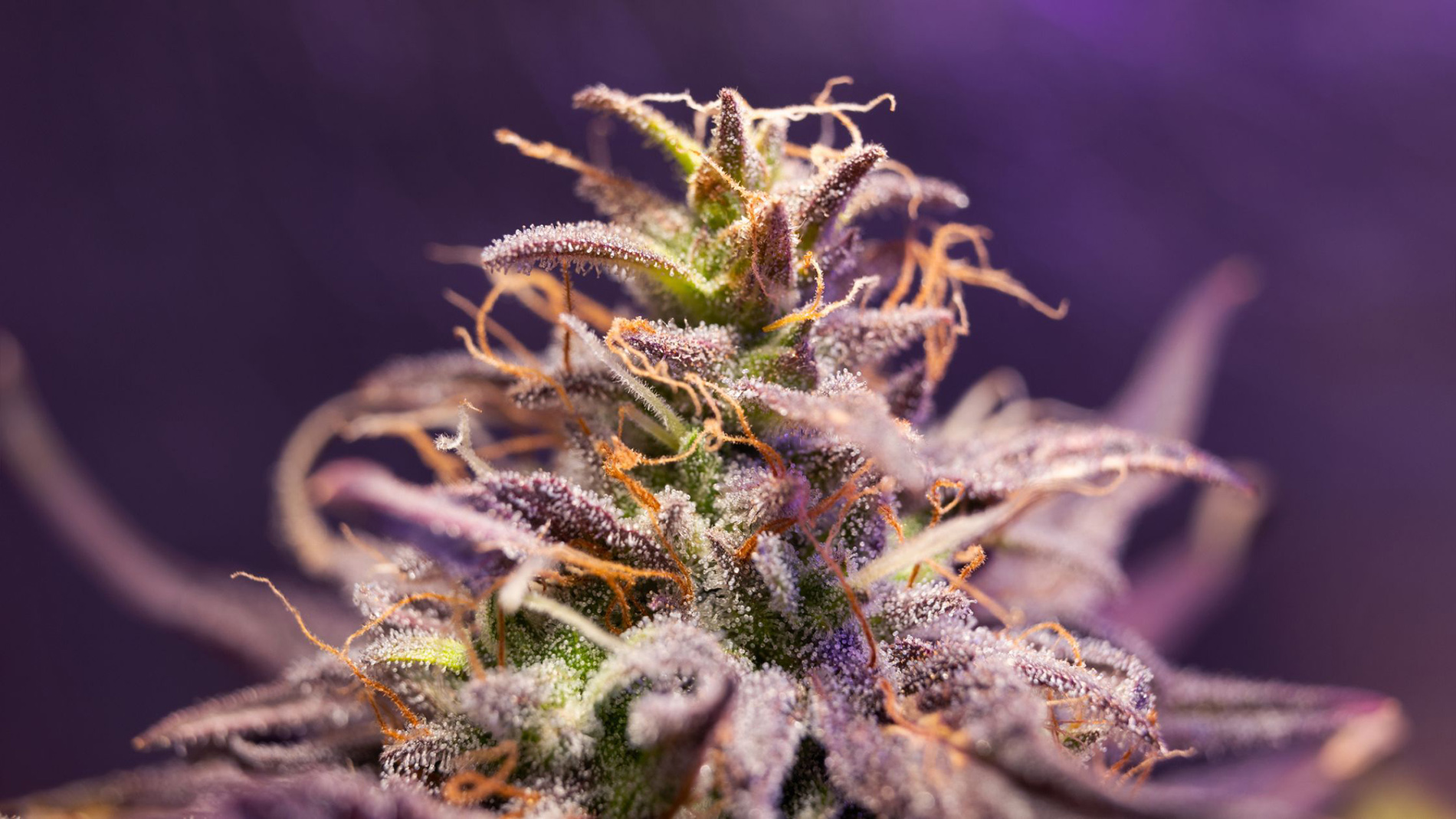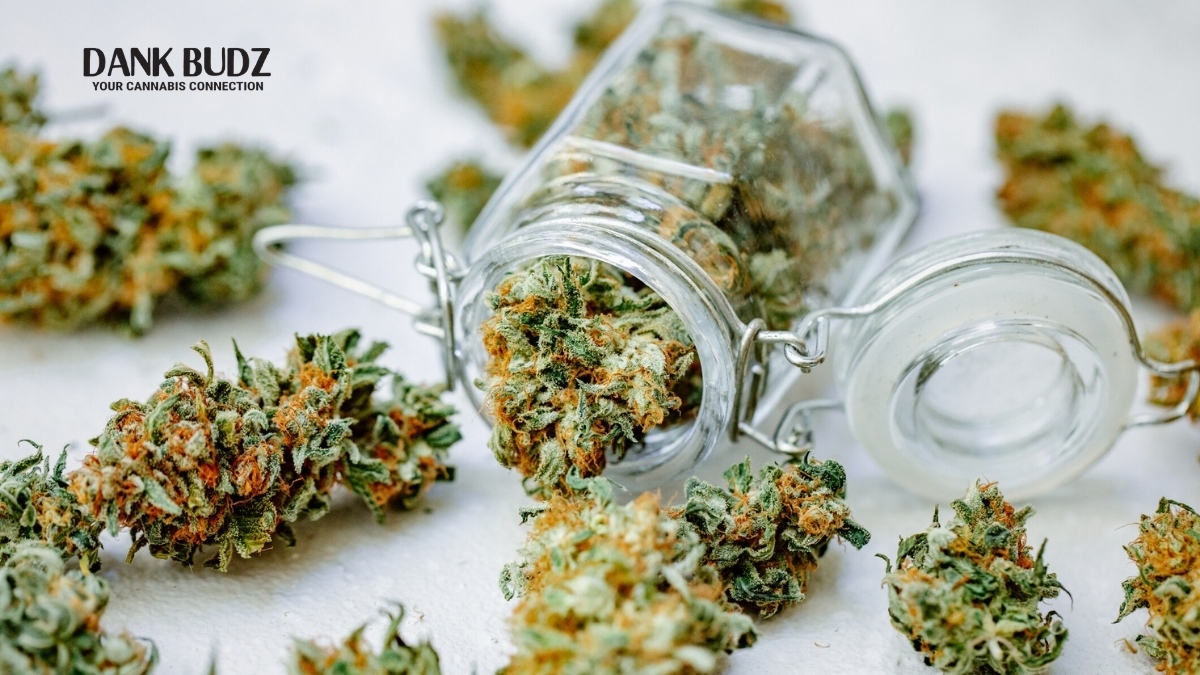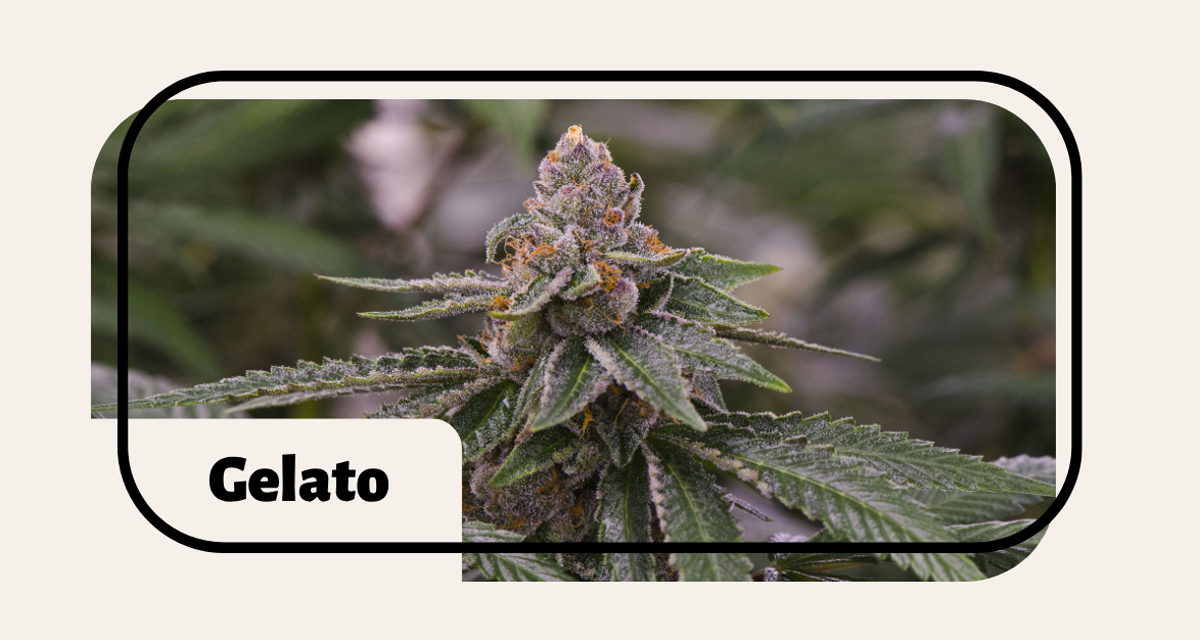
Whether you are new to cannabis or an experienced user, you have most likely heard the term “nug.” You may have even assumed you knew the definition of a nug and failed to look further into the topic. However, the answer to the question “What is a nug?” can be tricky since there are many ways people refer to nugs.
Let’s dive into the facts behind this common cannabis term.
What Are Nugs?
Generally speaking, the term weed nug doubles as a reference to a high-quality bit of cannabis flower.
At their simplest, weed nuggets, or nugs, are separate units of cannabis flower that have not been treated or manipulated beyond some manicuring. These bits of flower are also commonly referred to as buds.
However, if you take a step back, there’s a bit more to how we define nugs. Weed nugs, buds, and flower are all terms that refer to the flowering part of the cannabis plant. Scientifically speaking, the large, central, flowering component of the plant that forms along the upper stem is called the cola. Nugs are small, dense buds of flower that have been harvested and separated from the cola.
How Do Cultivators Select Nugs?
Cultivators often aim to collect the largest nugs to sell at full value, with some minor ranging in size. During this process, smaller nugs of various sizes naturally remain or fall off bigger nugs.
Most average weed nugs are around the size of a quarter and some are even smaller, closer to the size of a dime or marble. These may be marketed as mini buds, minis, smalls, popcorn, or other similar names. This size of weed nuggets are likely what most cannabis consumers are familiar with as they are frequently found in dispensaries and sold at much lower prices.
Despite variations in general size and pricing, there is no structural or significant difference between nugs of different sizes. The appeal of these plucked units of cannabis, manicured and meticulously trimmed to remove any unusable leaves or stems, is that all nugs are composed of mostly the trichome-rich cannabis flower that houses the most cannabinoid content (unlike leaves and stems). Additionally, the quality of the flower is not compromised or dependent on the size of the nug. The manicuring process serves to simply improve the appearance, convenience, and flavor of the nugs.
Cannabis Flower Structure
As mentioned, nugs make up the larger colas of the cannabis plant, located along the top of the main stem and branches. Colas receive the most exposure to the light source and contain the highest amount of plant hormones, making the cola the largest flower on the plant. It is also the most potent part of the cannabis structure.
The other parts of the plant that are important for proper growth aren’t generally usable for smoking and other consumption methods. The iconic fan leaves that are the conventional symbol for cannabis, for example, are not valued for their cannabinoid content. They are, however, vital for ensuring the plant takes in as much light as possible.
Important Parts of the Cannabis Flower

The cannabis flower itself is composed of many different parts that work together to create the larger cola or tightly-packed cluster of nugs.
Each part serves a different purpose and adds a different element to the growth process.
Sugar Leaves
The smaller leaves you’ll find growing around the cannabis buds are sugar leaves. These small leaves are coated in a crystal-like resin resembling sugar granules. Sugar leaves are technically consumable but often aren’t due to their comparatively lower potency and harsh flavor quality as opposed to the actual buds.
Calyx
The calyx is another important cannabis flower structure. It holds everything together and makes up the flower’s base, where the resin glands are most concentrated.
Pistils
Pistils are hair-like structures along the reproductive organs of female cannabis plants, appearing early within the flowering stage. Pistils tend to start out white before turning a shade of orange or red, often indicating the buds are ready to harvest. These are located on the surface of the cola itself.
Bracts
Bracts are small leaves that make up most of the cannabis nugget. Bracts are densely covered in trichomes, tiny appendages filled with resin that cover the entire cola. Together, bracts and trichomes have the highest concentration of THC and other cannabinoids on the plant.
Trichomes
Trichomes contain most of the plant’s chemical compounds, including cannabinoids. These provide a specific strain with most of its psychoactive properties, such as the unique mental and physical effects users experience. Trichomes also contain other psychoactive compounds, such as terpenes and flavonoids, which give nugs their particular smell, taste, and potential medicinal uses.
Each element can be evaluated to determine the quality of the bud as they work together to create a unique cannabis experience for each strain.
So, What Separates a Quality Nug from a Bad One?

The term nug is typically used to reference both a bud’s density and other desirable features. In fact, the use of the word nugget among cannabis enthusiasts likely originated from the term gold nugget because of its naturally occurring growth and metaphorical reference as the ultimate product.
While each nug has the same components, they are not all equal in quality, just as each individual cannabis plant can range in its degree of hardiness and flower production. There are several contributing factors to a nugget’s quality.
Cultivation Conditions, Harvesting and Curing
Factors related to a plant’s growing conditions, such as the humidity, lighting, and temperature of its environment, can have a bearing on its growth and quality. The environmental conditions of cannabis cultivated indoors are more precisely controlled, potentially yielding the best possible product for a specific cannabis strain and much larger cola flowers. Comparatively, plants cultivated outdoors rely on the natural sunlight and may produce greater amounts of cola flowers.
The timing of harvesting and subsequent curing of the cannabis flower is also crucial in determining the grade of the product. Ideally, nugs should be collected only once when the trichomes along the flower have fully developed and reached maturity. This ensures the flavor of the cannabis is preserved and that the plant matter is harvested during a phase of maximum potency.
After collection, the cannabis is hung to dry within a controlled environment for a duration of one to two weeks. This drying process, known as curing, can vary depending on the strain and is important for increasing potency and product shelf life. The particular cannabis strain, its prime conditions, where it was grown, and when it was picked are all influential on the quality of its nugs.
So, how can you identify which properties indicate a high-quality nug? You’ll need to check appearance, aroma, texture, and effect.
Appearance and Aroma
Likely, the first aspects you’ll notice about a weed nug when determining its condition and relative quality are how it looks and how it smells. This will become second nature as you become more familiar with using cannabis. High-quality buds typically look dense and compact as opposed to a nug filled with stems or lacking much weight to it.
The presence of visible trichomes is also an indicator of quality nugs. The more of these resin glands you see covering the bud, the likelier it’s retained its potency. If the cannabis nugget looks moldy, excessively damp, or dry and weathered, these could be signs that the product is probably of poor quality and/or expired. Quality nugs tend to be vibrant shades of green, with some ranging towards yellow and others more purple or indigo. Low-quality buds may be gray or brown in hue and will generally have an overall dull appearance.
Each cannabis strain will have its own unique smell and can vary greatly depending on how it was grown and handled before reaching your hands. It’s a good sign if your bud has a strong, immediate aroma, while a weaker smell is likely evident in buds that have dried out, expired, or are simply less potent. If your cannabis smells musty or akin to mildew, it may be indicative of moldy buds. Nugs that smell like hay or a freshly mowed lawn often mean the cannabis was not cured properly.
Acceptable aromas include earthy, skunky, citrusy, sweet, or gasoline-like scents. Smell is an adequate way to evaluate quality, but each person has their preferences. It’s important to know what aromas are or are not safe before deciding on which strains have a pleasant smell to you. The smell of cannabis flower has the potential to influence its taste and overall enhance your experience.
Texture and Effect
The feel of the flower is the next step in assessing its quality. Looking at the appearance of a weed nugget may give you some idea of its quality, but touching it can tell you whether looks can be deceiving or how difficult it may be to handle the plant matter in a practical capacity. A good bud should be somewhat sticky to the touch but not to the degree that it’s glued to your fingers.
An ideal level of stickiness is somewhat like that of syrup. If a nug is sticky to the point that you can’t easily manipulate or grind it, or it’s slowly falling apart, it may be damp and unfinished as opposed to rich in trichomes. Moisture should not be confused with stickiness since a moist or damp bud indicates that it wasn’t properly dried or cured.
Still, your cannabis should not be overly dry, as that could be a sign that it’s old or low-quality and not very potent. Nugs that are too dry are likely to crumble too easily and may be especially harsh when smoked.
Lastly, there are the effects a specific bud causes you to experience. This has less to do with quality but more to do with personal preference and what you’re looking to get out of your cannabis. Do your research, ask questions, and find out what works best for you and what may not. If you don’t like your experience with a particular strain, there may be cannabinoids present that you may react badly to. Don’t hesitate to keep learning and take your time through trial and error.
What Do You Do with Weed Nugs?

Weed nuggets are essentially unrefined cannabis flower, and thus are extremely versatile. They can be vaped with a dry herb vape, smoked in pipes of various forms, and even incorporated into ingestible forms of cannabis. The consumption method you like best depends on your preferred experience and desired effect.
Dry Herb Vaping
Dry herb vaping is one of our favorite ways of consuming weed nugs. While dry herb vaping, you’ll place weed nugs in a special vape with a heating chamber designed to hold cannabis flower instead of vape liquid. In order to vape cannabis, the temperature must be sufficiently high enough that the plant matter’s active compounds will be released for inhalation but low enough that the flower will not combust.
Smoking
Smoking is one of the most popular ways to consume weed nugs, and there are almost countless ways to do so. Nugs can be broken down using your fingers or a grinder before being packed into a pipe or water pipe of various shapes. Another choice is taking finely ground-up nuggets and rolling them into a joint to be smoked. The versatility of smoking allows people to experience the effects within minutes and decide whether more is needed.
Edibles
Many people prefer to use weed nugs to make cannabis-infused butter, oil, or alcohol. Butter or oil can then be used to make edibles when you make a treat of your choice or mix in a variety of recipes in place of regular fats. Other liquid infusions can be mixed into candies, drinks, and more. Edibles produce long-lasting effects and a more intense experience overall.
Join the Dank Budz Community

The cannabis community we’ve fostered here at Dank Budz is dedicated to cultivating a vibrant and inclusive space for our community of zealous cannabis enthusiasts, creatives, thinkers, and doers. If you’re looking for a collaborative environment filled with like-minded individuals, check out your Dank Budz today. Or, browse our education and quiz sections for fascinating cannabis content curated for you.










